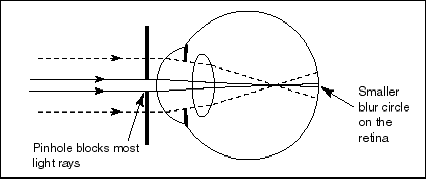
This feature is also referred to as a thru hole or plated thru hole (PTH). The connection through the dielectric layer(s) is most commonly created by a punched, drilled or laser cut hole called a via. Most flexible circuits and PCB’s have multiple conductive layers and are designed to have electrical connection between these layers. It is a pretty good metaphor as it helps visualize a cross section of a printed circuit with several layers of dissimilar materials. For certain situations, there are more advantages than costs in choosing to use TH and TH components.I heard one of our Applications Engineers describe our product as “making sandwiches”. For many good reasons, SMT isn’t going anywhere, but then, neither is TH technology. Mounting TH components by hand is not as reliable as mounting SMT components, not an ideal situation for prototyping.Ĭompact, high-speed, and high-frequency designs have phased TH out of its heyday in favor of SMT which was designed to meet the fast-changing and highly demanding needs of technology. Drilling can also increase the time needed to fab. Unfortunately, as previously mentioned TH take up more board real-estate and requires drilling which can increase the costs of PCBs. However, there is a reason why SMT overtook TH technology-multiple reasons really. Sometimes you don’t even have a choice whether you use TH or SMD, as not every component you need comes in an SMD form. And for those who must shell out hundreds of dollars on prototype boards, the relative affordability of TH components is a small win for engineers and makers. THM’s ability to withstand mechanical stress is also good for prototyping. In fact, THM is widely used in aerospace and military products that require boards and components to endure accelerations, collisions, and extreme temperatures. They can withstand more strain than SMD and continue to operate efficiently. Threading components through the board increases the strength of the physical connections. Through hole mounting (THM) also offers a certain amount of reliability when undergoing environmental stress. Although they eat away at tracing space below the top layer, engineers often prefer larger through holes while prototyping because of its ease of use with breadboards. The components and circuitry can be tested on breadboards before upgrading to a PCB.

TH is the more convenient selection for hobbyists and engineers during the development stage since they are compatible with breadboard pin-holes and are easily swappable. SMT has many reasons for overtaking TH, however, each method still has their pros and cons. This process will then complete the circuit. Both methods solder the two leads onto pads on opposite sides of the PCB. TH components can either be mounted manually or automatically with insertion mount machines.

Each type can be converted into the other by bending the leads to mimic the other’s form
#See through hole in fist if you need iglasses manual
These types of components are especially useful during testing and prototyping phases where manual adjustments and replacements are commonplace. Radial, on the other hand, have wire leads that protrude from the bottom of the device. Axial components have wire leads at each end. There are two types of components that belong to the TH category: axial and radial. Vias, or plated through holes (PTH), were then designed to make contact with conductive layers. PCBs originally had tracing on one side, then on both sides, later multi-layers were added. However, THs are still a common method used to deliver electrical connections from one layer to another (think breakout boards and header pins). Since then, SMT’s have enjoyed wide adoption for their advantages over TH components and changing technology requirements. During that period, every component on a PCB was a through hole component. Through hole technology once dominated as the electronics assembly technique from the 1950’s until the 1980’s when SMT (surface-mount technology) rose to prominence. The hole on the left is a blind hole and on the right, is an interrupted hole.Ī not so thorough history of the through hole

Which means if you guessed the hole in the center of the image was the TH, you’re right. Pop quiz: Which hole is the through hole?Ī hole of many names-clearance hole, thru-hole, via, plated thru-hole, etc-, a through hole (TH) is a hole in a PCB that is either drilled, reamed, or milled all the way through.


 0 kommentar(er)
0 kommentar(er)
